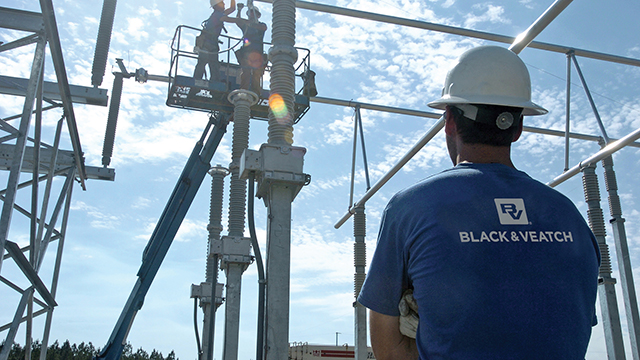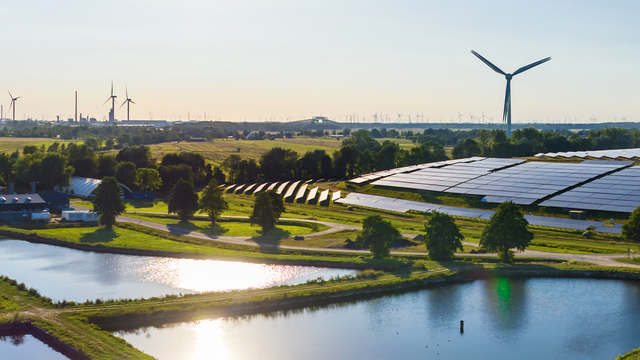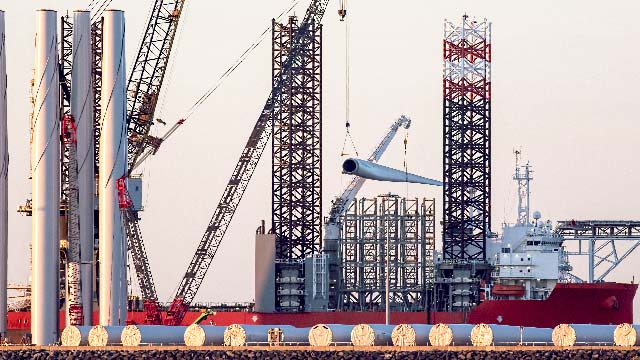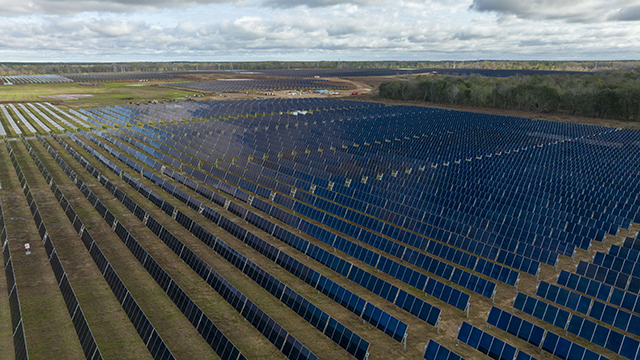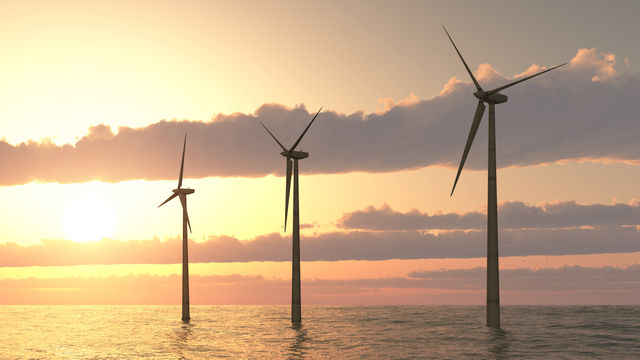Subject Matter Experts: Robert Mechler and Jeff Robertus
With the rise of renewables, lower cost of battery storage options and the impact of future electric vehicle adoption, advanced system control devices, including FACTS or Flexible AC Transmission Systems, are critical components to stabilize and improve the reliability of the modern grid.
The complexity of today’s electric power grid is often underappreciated – it represents one of the largest, most integrated, yet flexible systems ever built. This complex system integrates millions of users over vast areas with thousands of miles of electric circuits and hundreds of power plants, all working in the synchronous rhythm of 60 hertz. And the system is also flexible enough to allow millions of changes in power consumption every second as each of us have our own ebb and flow of electricity needs through the day. As this complexity has increased, power system engineers have added advanced system control devices and energy storage systems to improve the control of the electrical system and maintain its flexibility.
System control devices have been in use since the beginning of the electric power industry when historically the main concerns for the electric grid operators were load growth and system reliability. But more recently, changes in how we both supply power and how we use it have added complexity to how we can operate the grid. These changes include new electric power trading markets, regulatory and environmental policy changes, as well as local communities seeking a greater voice in energy use.
Another example of change is the increasing amount of solar and wind energy that provides power to the electrical grid. Although well below 10% of our total electric needs in 2016 (U.S. Energy Information Administration), renewable power is rising steadily. These intermittent power resources have low reactive power generation characteristics and limited short-circuit power capacity—two key ingredients to a stable and reliable power grid. To overcome these challenges, more robust devices working in tandem with the intermittent power resources are needed.
In addition, the emergence of energy storage and battery energy storage systems (BESS), will compound these challenges on the grid.
Examples of FACTS or advanced system control devices include synchronous condensers, Static VAR Compensators, phase shifting transformers, advanced relay systems, series and shunt capacitor banks, and back-to-back HVDC convertor stations. These devices are being used in a growing number of installations to provide the necessary support and balance to maintain a reliable grid.
New Technology Installations
Synchronous condensers are, essentially, giant motors (or generators) used to absorb or provide reactive power on an on-demand basis. They fulfill the need of balancing and moderating fluctuations in demand and intermittent generation. Black & Veatch recently provided Owner’s Engineer services for the installation of synchronous condensers near several wind generating units for a client. The devices maintain balance within the power system, providing reactive power support when needed and maintaining voltage within the recommended standards for reliable operation. Synchronous condensers provide an additional benefit by providing system inertia which helps the system remain stable throughout faults, providing low voltage ride-through capability.
Shunt capacitor banks have an increasing role in supporting grid operations. While less dynamic than synchronous condensers with regard to meeting reactive power demand, shunt capacitor banks are able to provide voltage support throughout extended periods of heavy demand which might otherwise cause a system voltage violation.
Series capacitor banks can help to effectively shorten long transmission lines, enabling more power transfer over long transmission lines, which bring many renewable sources to distant markets.
Proven Technologies
High Voltage Direct Current (HVDC) convertor stations are typically used to interconnect two asynchronous grids. Recently, Black & Veatch provided Owner’s Engineer services during the design and installation of a voltage-sourced converter (VSC) back-to-back HVDC converter station near an existing substation as a means for controlling loop flow, providing voltage control and dynamic, real and reactive power control.
The VSC HVDC solution was ideal for local power system conditions that had low, short-circuit strength (particularly under certain outage conditions). The new station can transfer up to 200 megawatts bi-directionally, providing the client with an effective solution that AC transmission-only and other traditional technologies, such as phase-shifting transformers, could not match.
Black & Veatch has also provided engineering support for a number of Static VAR Compensator (SVC) systems. In these applications, the grid had limited ability to withstand major disturbances, such as the loss of a major transmission line. The SVC provides assurance that the grid will remain stable and operational under any operating condition.
Storage Options
A variety of energy storage projects and technologies are under development and/or testing. Storage provides added energy security, particularly if there are sudden and significant drops in power production from intermittent resources.
On a large scale, energy storage project developers are once again seeking out unique areas where mountains, water and excess power meet to implement pumped water storage. In other areas, compressed air energy storage, using old salt mines as a temporary reservoir of energy, are under consideration.
Battery energy storage systems (BESS), both utility-scale and small, local installations, are becoming increasingly considered for various applications. Prototypes of various fly-wheel technologies are also under development.
Perhaps the biggest hurdle for energy storage solutions is a lagging regulatory environment. The challenge is in determining how the cost and services of energy storage facilities should be allocated.
Complexity and Flexibility
The power grid represents the integration of a growing number of centralized and distributed power generation assets, as well as new energy storage systems. System complexity and flexibility are seemingly in direct correlation with each other as technology, customer demands and regulatory requirements continue to evolve. FACTS devices enable flexible, reliable and increasingly resilient operations by providing instant, on-demand response to fluctuations in power demand and generation.
